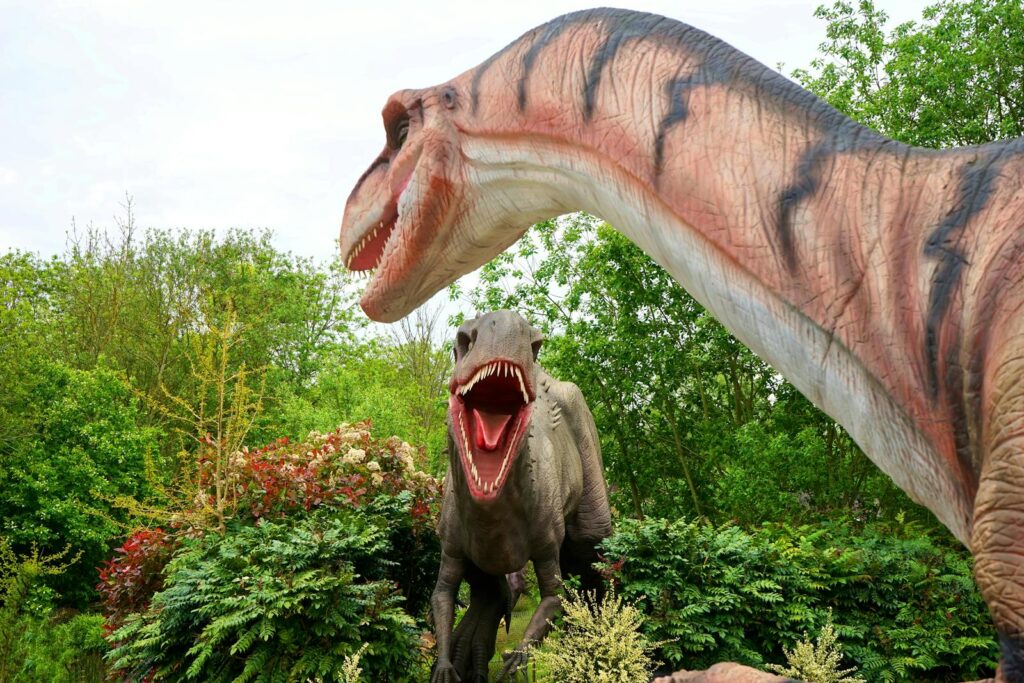When we think of dinosaurs, images of long-necked sauropods or menacing Tyrannosaurus rex often come to mind. One fascinating aspect of dinosaur anatomy that continues to intrigue paleontologists is neck flexibility. Just how bendy were those prehistoric necks, and could dinosaurs perform something as mundane as licking themselves like modern cats and dogs? This question isn’t merely academic curiosity—it offers insights into dinosaur behavior, feeding strategies, and evolutionary adaptations. Recent research and fossil discoveries have begun to paint a clearer picture of dinosaur neck biomechanics, challenging some long-held assumptions while confirming others. Let’s explore what science tells us about dinosaur neck flexibility and the intriguing possibility of self-grooming behaviors in these ancient reptiles.
The Diversity of Dinosaur Necks

Dinosaurs exhibited remarkable diversity in neck structure across different species. Sauropods like Brachiosaurus and Diplodocus possessed the most dramatic necks, sometimes spanning over 30 feet in length with up to 19 vertebrae—far more than the 7 vertebrae found in most mammals, including humans. In contrast, theropods like Velociraptor had relatively shorter, S-curved necks optimized for quick strikes. Ceratopsians like Triceratops featured strong, muscular necks to support their massive heads and defensive frills. Ornithomimids (“ostrich mimics”) evolved slender, relatively flexible necks suited to their omnivorous lifestyle. Understanding this diversity is crucial because neck flexibility wasn’t uniform across dinosaur species but varied dramatically based on evolutionary adaptations to different ecological niches and feeding strategies.
Studying Ancient Flexibility: Methodological Challenges

Determining exactly how dinosaur necks moved presents significant scientific challenges. Unlike muscles and ligaments, which rarely fossilize, researchers must rely primarily on bone structure to infer range of motion. Modern techniques include comparative anatomy with living relatives like birds and crocodilians, computerized tomography (CT) scanning of fossils, and biomechanical modeling. Each vertebra’s zygapophyses—the articulation points between vertebrae—provide crucial clues about possible movement ranges. Paleontologists also examine osteological features like muscle attachment points and neural spines to understand the neck’s supporting soft tissues. Recent advances in 3D modeling have allowed scientists to digitally articulate vertebrae and test hypothetical motion patterns, accounting for cartilage that would have existed between bones. Despite these tools, significant uncertainty remains, leading to ongoing debates about dinosaur neck capabilities.
Sauropod Flexibility: Not As Bendy As Once Thought

Contrary to popular depictions in movies and museum displays, research suggests that sauropod necks weren’t nearly as flexible as previously imagined. Studies by paleontologists Kent Stevens and Michael Parrish in the early 2000s challenged the notion that sauropods could raise their heads high above their bodies in swan-like curves. Their computer models indicated that many sauropods, particularly diplodocids, had limited vertical flexibility and primarily moved their necks horizontally. The vertebral articulations in species like Diplodocus and Apatosaurus featured bony stops that would have prevented extreme upward bending. More recent research has slightly modified these findings, suggesting some sauropods, like Mamenchisaurus, had greater flexibility than others. The evolutionary trade-off appears logical: extremely long necks provided feeding advantages but required stability sacrifices, leading to specialized feeding adaptations rather than all-purpose flexibility.
Theropod Necks: The Predatory Advantage
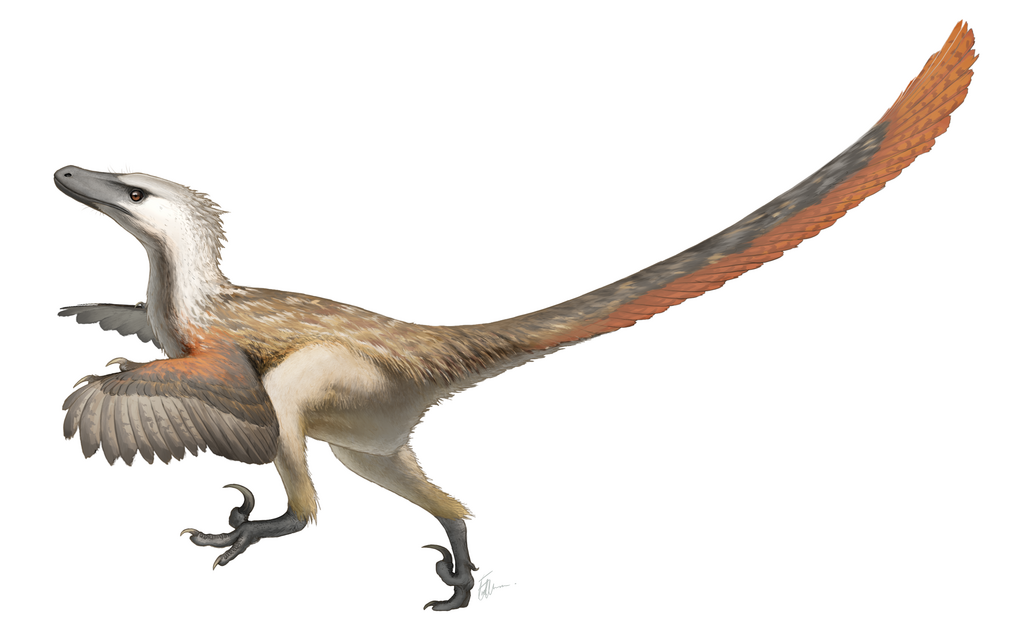
Theropod dinosaurs—the bipedal, primarily carnivorous lineage that includes Tyrannosaurus and Velociraptor—evolved necks specialized for predatory behavior. These dinosaurs typically possessed S-shaped necks with highly flexible cervical vertebrae, particularly at the base of the skull. CT scans of theropod vertebrae reveal articulation surfaces that permitted significant ranges of motion, especially in the lateral (side-to-side) direction. This adaptation allowed for quick, precise striking movements when hunting prey. Smaller theropods generally exhibited greater neck flexibility than larger species like T. rex, whose massive head required more neck stability. The presence of specialized neck muscles, evidenced by prominent attachment sites on cervical vertebrae, further enhanced theropod neck control. Interestingly, the theropod neck design represents an evolutionary pathway toward modern birds, whose extremely flexible necks represent the culmination of this adaptational trajectory.
Neck Flexibility in Bird-Like Dinosaurs

The close evolutionary relationship between birds and dinosaurs provides valuable insights into neck flexibility. Avian-like dinosaurs such as Ornithomimids, Oviraptorids, and particularly the Dromaeosaurids (raptor family) show transitional features pointing toward the remarkable neck flexibility seen in modern birds. These dinosaurs possessed cervical vertebrae with ball-and-socket articulations that allowed substantial mobility in multiple directions. Oviraptorids like Anzu wyliei had especially bird-like necks with pronounced curves and vertebral adaptations for increased flexibility. Microraptor, a small feathered dinosaur, shows evidence of neck vertebrae that could potentially allow it to reach most parts of its body. The presence of heterocoelous vertebrae (saddle-shaped articulation surfaces) in some late Cretaceous dinosaurs represents a key evolutionary development toward the extraordinary neck flexibility seen in modern birds, which can often turn their heads 180 degrees or more.
Self-Grooming Behavior in Modern Reptiles

Lookinatto modern reptiles provides context for hypothetical dinosaur grooming behaviors. Today’s reptiles engage in various self-maintenance activities despite having less flexible necks than mammals. Crocodilians, while limited in neck flexibility, use body contortions and environmental features for cleaning purposes. Many lizards can reach significant portions of their bodies with their heads, particularly iguana species that use their flexible necks to access their backs and flanks during shedding periods. Snakes, despite lacking limbs entirely, use body coiling and rubbing against environmental objects to maintain skin health. Turtles, despite neck constraints from their shells, often extend their necks to scratch their heads with their hind limbs. These modern examples suggest that even with potential neck limitations, dinosaurs likely evolved methods to maintain body cleanliness and skin health through behavioral adaptations rather than relying solely on neck flexibility.
The Biomechanics of Self-Licking
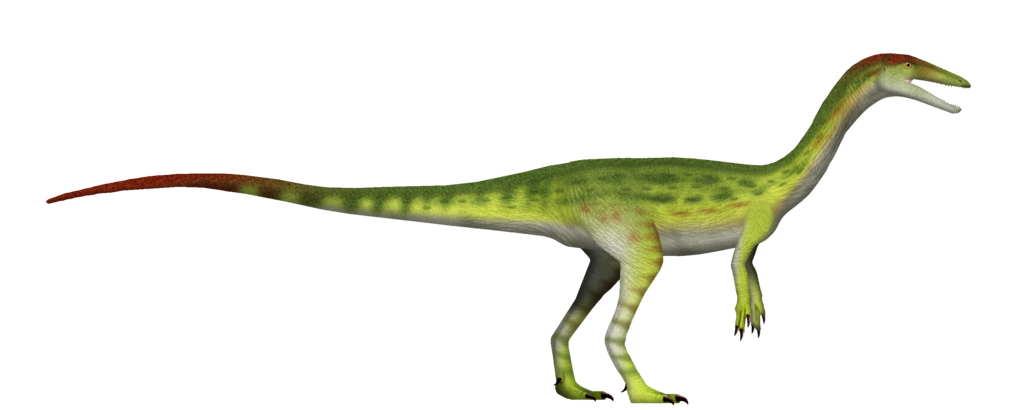
The physical requirements for self-licking involve a complex interaction between neck flexibility, body proportions, and joint mobility. For a dinosaur to lick itself effectively, it would need sufficient cervical rotation, lateral bending, and often the ability to flex or extend the neck significantly. Additionally, body proportions play a crucial role—animals with longer necks relative to body size generally have greater self-grooming capability. Joint range-of-motion throughout the body also contributes, as flexibility in the spine, hips, and shoulders can position the body to bring areas within reach of the mouth. Research on extant archosaurs (birds and crocodilians) shows that sufficient flexibility for some self-maintenance is ancestral to the group. Biomechanical models suggest that many small to medium-sized theropods could likely reach their chest, flanks, and possibly portions of their back with their mouths, while larger theropods and most sauropods would have significant limitations due to their proportions and vertebral constraints.
Evidence for Dinosaur Grooming Behaviors
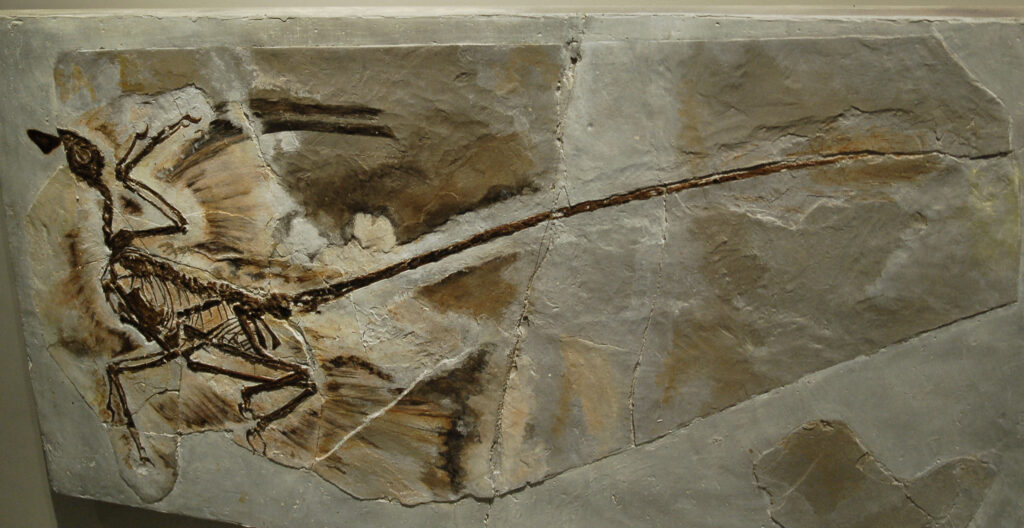
Direct evidence for dinosaur grooming remains elusive in the fossil record, but several findings suggest such behaviors existed. The discovery of specialized feathers and scales indicates that skin maintenance would have been evolutionarily advantageous. Some exceptionally preserved fossils show evidence of parasite infestations that would have benefited from grooming attention. Particularly compelling are fossils of Microraptor and other small feathered dinosaurs showing feather arrangements that would require maintenance similar to modern birds. The evolution of specialized jaw structures in some dinosaur lineages might also indicate adaptation for preening-like behaviors. Trace fossils occasionally preserve dinosaur resting positions that could be interpreted as allowing access to certain body parts for grooming. While no “smoking gun” fossil exists showing a dinosaur in the act of self-grooming, the evolutionary pressures that drive such behaviors in modern animals—parasite control, skin health, and social signaling—would likely have applied to dinosaurs as well.
Could T. rex Lick Its Wounds?

The iconic Tyrannosaurus rex presents an interesting case study in neck flexibility and potential self-grooming. Biomechanical studies of T. rex cervical vertebrae indicate moderate neck flexibility, with lateral movement more pronounced than vertical mobility. Its relatively short neck compared to its massive body created significant limitations—T. Rex likely could not reach much of its own body with its mouth. The chest area might have been accessible, but the arms, back, and lower body would have remained out of reach. Computer models suggest that even with maximum theoretical flexibility, the dinosaur’s enormous head and relatively inflexible neck joints would have limited its self-licking capabilities substantially. However, T. rex might have used environmental features like trees or rocks for scratching, similar to behaviors seen in modern elephants. Additionally, mutual grooming between individuals remains a possibility, though direct evidence for such social behaviors is speculative.
The Evolutionary Function of Neck Flexibility

Neck flexibility in dinosaurs evolved primarily for feeding adaptations rather than grooming purposes. The remarkable diversity in dinosaur neck structures reflects specialized feeding strategies—sauropods developed long necks to reach high vegetation without moving their massive bodies, while theropods needed precise striking capability for hunting. Secondary benefits of neck flexibility included expanded sensory perception, allowing dinosaurs to scan their environment more effectively. Social displays represent another important evolutionary driver, as elongated necks could function in dominance displays, mate attraction, or species recognition. Predator avoidance also influenced neck evolution, with flexibility contributing to vigilance and escape behaviors in many species. This multi-functional perspective explains why neck adaptations varied so dramatically across dinosaur lineages—each group optimized flexibility based on their particular ecological requirements rather than evolving universal high flexibility for purposes like self-grooming.
Alternative Grooming Strategies
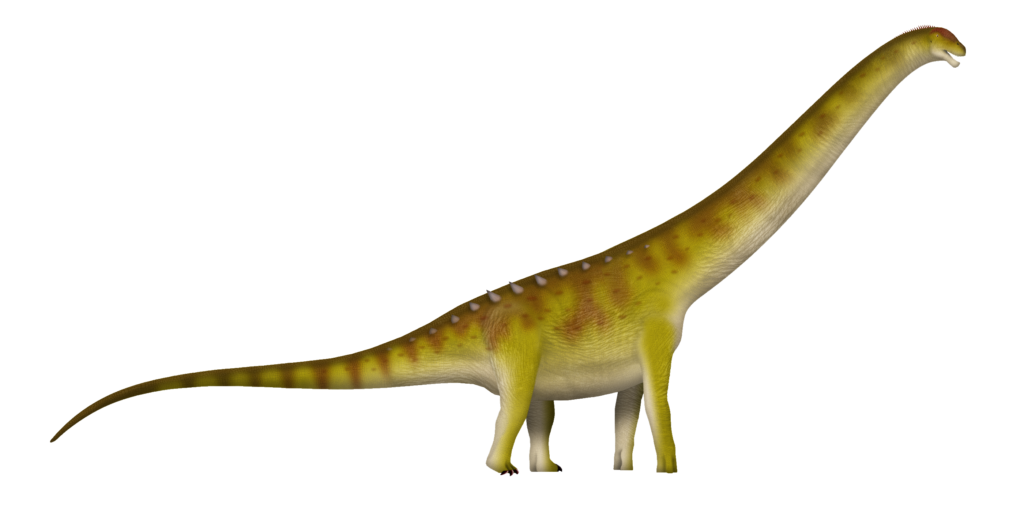
Given the neck limitations of many dinosaur species, paleontologists theorize that they likely evolved alternative grooming strategies. Mutual grooming, where individuals clean parts of each other that are difficult to reach, represents a plausible behavior, especially among social dinosaur species. Environmental aids, such as rubbing against trees, rocks, or water bodies, would have provided cleaning opportunities similar to behaviors seen in modern elephants and rhinos. Some dinosaurs may have used specialized scales or osteoderms (bony deposits) that reduced parasite infestations or facilitated skin shedding. Dust bathing, a behavior common in modern birds, might have been employed by feathered dinosaurs to maintain feather condition and remove parasites. For larger dinosaurs like sauropods, symbiotic relationships with smaller animals that removed parasites (similar to modern oxpeckers and rhinos) represent another possibility. These alternative strategies would have compensated for neck flexibility limitations while still addressing the biological imperative of maintaining body condition.
Scientific Debates and Future Research

The question of dinosaur neck flexibility remains contentious in paleontological circles, with ongoing debates about methodology and interpretation. Some researchers argue that soft tissues would have allowed greater flexibility than bone studies suggest, while others maintain that biomechanical constraints were real limitations. Future research directions include refined CT scanning techniques that can better visualize internal bone structures related to muscle attachments. Advanced computer modeling incorporating estimated soft tissue parameters promises more accurate motion simulations. The study of exceptionally preserved fossils with soft tissue impressions could provide direct evidence of neck structures beyond bones. Developmental biology insights from modern birds and crocodilians may further illuminate the genetic basis for neck flexibility. Comparative studies across the full range of dinosaur diversity, rather than focusing on a few well-known species, will provide a more comprehensive understanding of neck evolution and function throughout the Mesozoic era.
Conclusion: Dinosaur Necks in Evolutionary Context
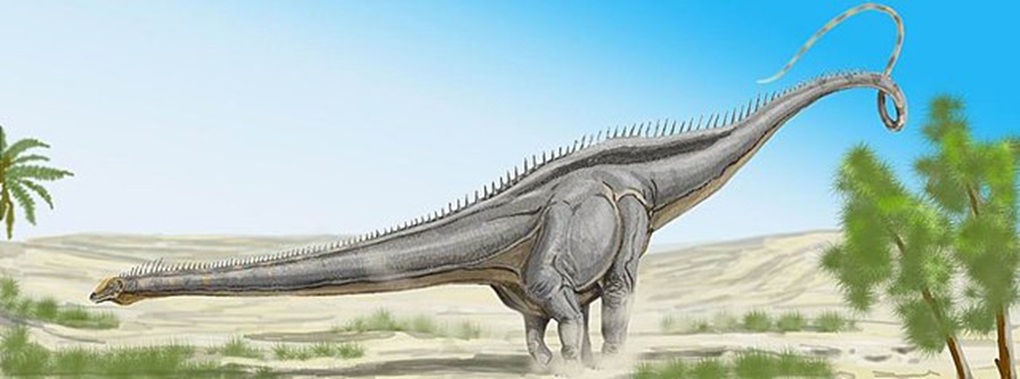
While the image of a Diplodocus contorting its neck to lick its own back may be unlikely based on current evidence, dinosaur neck flexibility represented a remarkable evolutionary adaptation optimized for each species’ ecological niche. The evidence suggests that many smaller theropods and bird-like dinosaurs likely possessed sufficient flexibility for some self-grooming behaviors, particularly around their front portions. Larger dinosaurs, especially sauropods and giant theropods, faced more significant anatomical constraints that would have limited self-licking capabilities. Instead, these magnificent creatures likely evolved alternative strategies for body maintenance. The story of dinosaur necks reminds us that evolution seldom optimizes for a single function but instead represents compromises that balance multiple survival needs. As research techniques continue to advance, our understanding of these fascinating animals and their remarkable anatomical adaptations will undoubtedly deepen, bringing us closer to answering questions about dinosaur behavior that once seemed lost to time.

